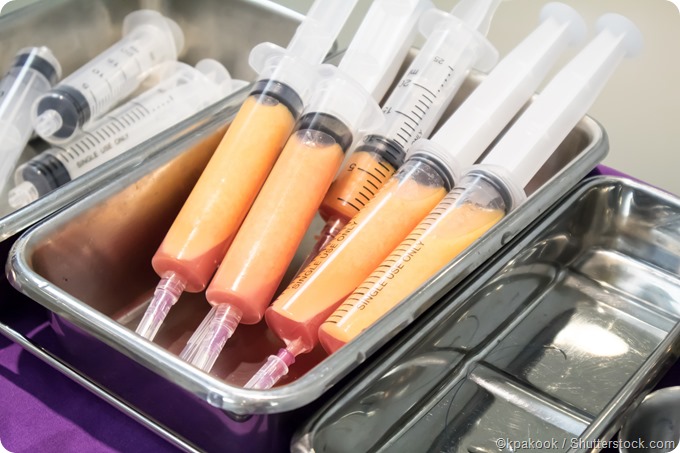Fat grafting is a medical procedure whereby fat is taken via liposuction from a part of the body where it is unwanted or unnecessary, and is grafted (i.e. transferred) to another part. In this new part of the body it can be used to fill voids, correct deformities of contour, and/ or add volume.
Fat grafting is advantageous in that one’s own tissue is used as opposed to foreign material or bodies, and there is also the cosmetic effect of removing fat from undesired places. In addition to this, fat grafting is more durable and longer-lasting than foreign body fillers, which only last for a limited amount of time before further injections are required to maintain their purpose.

It is estimated that up to half of the grafted fat is lost in several months. For this reason, the amount required for grafting at the time of surgery is overestimated to account for this post-grafting loss. Alternatively, correction is achieved and a wait-and-watch approach is adopted to find out how much fat is lost before further grafting is done to correct what has been lost.
This alternative line of treatment may be preferred to avoid the possibility, although rare, that overcorrection is not accompanied by anticipated loss of some of the graft postoperatively. Fat grafting, done correctly, is a relatively safe and effective operation.
Facial fat grafting
In humans, faces are prone to develop wrinkles due to the effects of time, habits, gravity and genetic predisposition. An analogy may be made between being young and ripe, like a juicy mango, versus being old and deflated, like a prune.
To overcome the effects of this natural process, facial fat grafting may be done. In this procedure, the prune is re-inflated to regain or come as close as possible to the young, youthful mango appearance. It does not, however, correct all the effects of aging, as it is only able to treat the aspects related to loss of volume in the face.
The procedure entails harvesting, transferring and placing the lipograft (i.e. fat graft). Fat must be harvested with little to no trauma as this has a direct impact on the ability of the graft to survive post-transfer. Common sites used for harvesting are the medial parts of the arms and thighs, as well as the knees, trochanteric and lumbar regions, and periumbilical area.
The graft is aspirated and washed gently before it is applied to a bed or area that is very well-vascularized. To ensure survival, all parts of the graft must be in close contact with living tissue. Patients are advised to avoid excessive animation of the face or face massages in the immediate post-operative period.
Breast reconstruction
In the breasts, fat grafts may be used to correct deformities along the contour lines, such as those which may arise following partial mastectomies or lumpectomies. Patients are typically required to be free of malignancy for a period of at least 12 months before the procedure is done.
In addition to partial reconstruction of the breast and contours, fat grafting is emerging as a modality which is part of complete breast reconstruction. There is no consensus with regards to the most effective way of conducting this procedure in terms of harvesting and injection volumes, as well as the need for concurrent treatments. Studies are being done to evaluate its safety and efficacy.
Post-traumatic fat grafting
Often times, voids are generated that create deformities in various parts of the body, such as following trauma or surgery. This is especially so with neurosurgery and its accompanying muscle wasting. Common areas where this may occur include the trunk, legs, arms or skull. Tumor removal may also affect contiguity in contour. Thus, fat grafts may be used to correct these defects.
References
- https://westcountyplasticsurgeons.wustl.edu/
- http://www.aafprs.org/media/media_resources/fatGrafting.html
- https://www.ncbi.nlm.nih.gov/pmc/articles/PMC4255902/
Further Reading